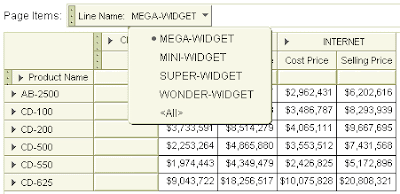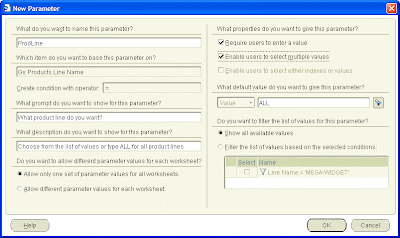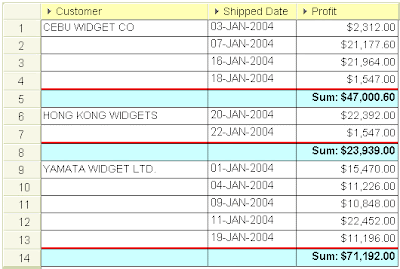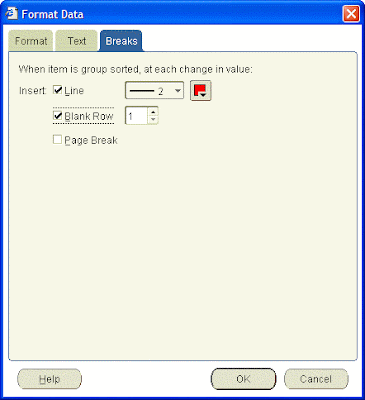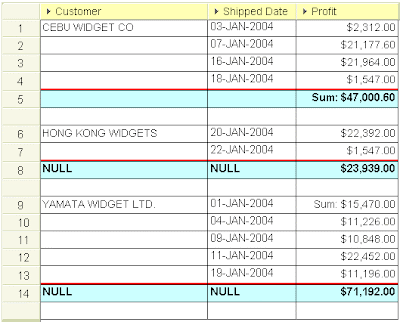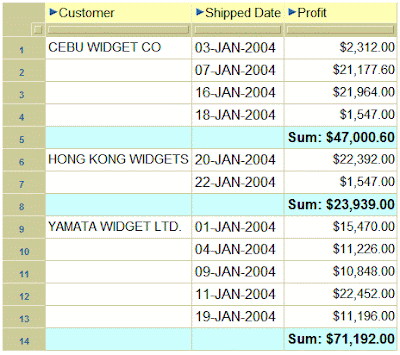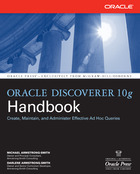If you didn't know already, let me be the first to give you the great news that Oracle has changed its patching policy for Discoverer. Gone are the days of sifting through myriads of individual patch numbers trying to figure out if there is a patch for the issue you are seeing. Instead, Oracle has introduced what are called Cumulative Patches.
If you have access to MetaLink you should take a look at note 466058.1. Here are the main points (mostly Oracle's text with some explanatory comment from me):
After getting numerous suggestions from customers, partners, and internal support engineers, Oracle Discoverer Development has implemented a cumulative patching model starting with Oracle BI Discoverer 10g (10.1.2.2). This is Discoverer version 10.1.2.54.25. The new model replaces the one-off patching model that was in practice with previous versions 10.1.2.0.2 – 10.1.2.1 (Discoverer 10.1.2.48.18).
These Discoverer cumulative patches can be installed on top of the full Oracle Application Server or the Oracle BI Discover standalone editions 10.1.2.2 (Discoverer 10.1.2.54.25), and higher versions.
The cumulative patching model applies to Discoverer Plus and Viewer (in other words the middle-tier), for both Discoverer relational as well as Discoverer for OLAP. Patching for Discoverer Administration and Desktop on Windows (the client-server components) will continue to use the previous one-off patching model, at least for the time being.
Here is some additional information about the cumulative patching model:
- The Discoverer cumulative patch (otherwise called CP):
The Discoverer cumulative patches (CP) for Oracle BI Discover 10g (10.1.2.2) are what Oracle call merge patches. These combine multiple one-off bug fixes rolled up into a single patch. The good news is that these cumulative merge patches include bug fixes for both Discoverer Relational and Discoverer for OLAP. The excellent news is that each patch is cumulative, meaning, that CP7 will include all fixes up to and including CP6 plus any new bug fixes. - The Discoverer cumulative patch schedule:
Oracle plans to release the Discoverer cumulative patches approximately every five (5) weeks. According to Oracle, these dates are approximate and may change depending on the number of bugs encountered. In reality the average has been about 10 to 12 weeks. As of the time of the latest edit to this posting, Oracle has released 7 cumulative patches. The latest one is CP7 (patch number 6778560) and contains over 300 bug fixes on top of the base Discoverer 10.1.2.2 patchset. (link to useful patches) - The advantages of Discoverer cumulative patches:
Unlike the one-off patches, which are still availble by the way, each cumulative patch contains large number of bug fixes and undergoes Quality Assurance (QA) regression testing. Oracle state that this will greatly improve the stability of the patches and the product and will help customers take advantage of the latest available bug fixes. This also greatly reduces maintenance since you install only one cumulative patch and do not have to install and rollback multiple one-off patches
